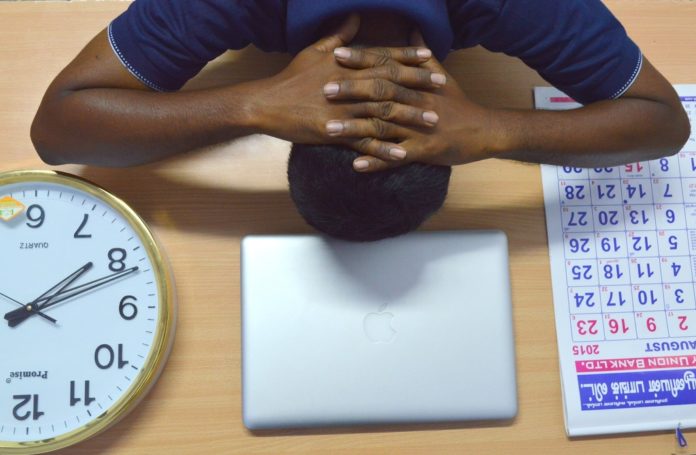New edition of International Classification of Diseases (ICD-11) brought out by WHO classifies burnout as an occupational phenomenon not a disease
Burnout is included in the 11th Revision of the International Classification of Diseases (ICD-11) as an occupational phenomenon. It is not classified as a medical condition.
Burnout is included in the chapter ‘Factors influencing health status or contact with health services’ – which includes reasons for which people seek medical help but that are not classed as illnesses or health conditions. It is defined in ICD-11 as “a syndrome conceptualized as resulting from chronic workplace stress that has not been successfully managed.”
Burnout was included for the first time in ICD-10 but was explained less elaborately as a “state of vital exhaustion”. Burnout is not uncommon even among healthcare professionals
According to WHO, burnout is characterized by a feelings of energy depletion or exhaustion, increased mental distance from one’s job, or feelings of negativism or cynicism related to one’s job; and reduced professional efficacy. Drawing on a growing body of research, the eleventh edition now claims that this syndrome is due solely to “chronic workplace stress” and “should not be applied to describe experiences in other areas of life.”
Burnout was included for the first time in ICD-10 but was explained less elaborately as a “state of vital exhaustion”. Burnout is not uncommon even among healthcare professionals. It is usually known to happen in professions that are high stress, work on deadlines and have reduced scope for taking vacations. In a study of nearly 3,600 residents doctors who were followed-up with questionnaires since medical school, 45 percent reported burnout symptoms in a recent study published in JAMA.
A similar report from Harvard declared physician burnout in the US a public health crisis.Health experts are hopeful that the updates will add legitimacy to an emerging and misunderstood problem. The World Health Organization now plans to develop evidence-based guidelines on mental well-being in the workplace.


